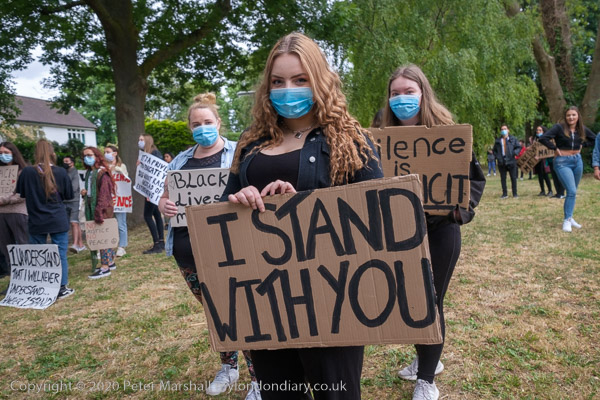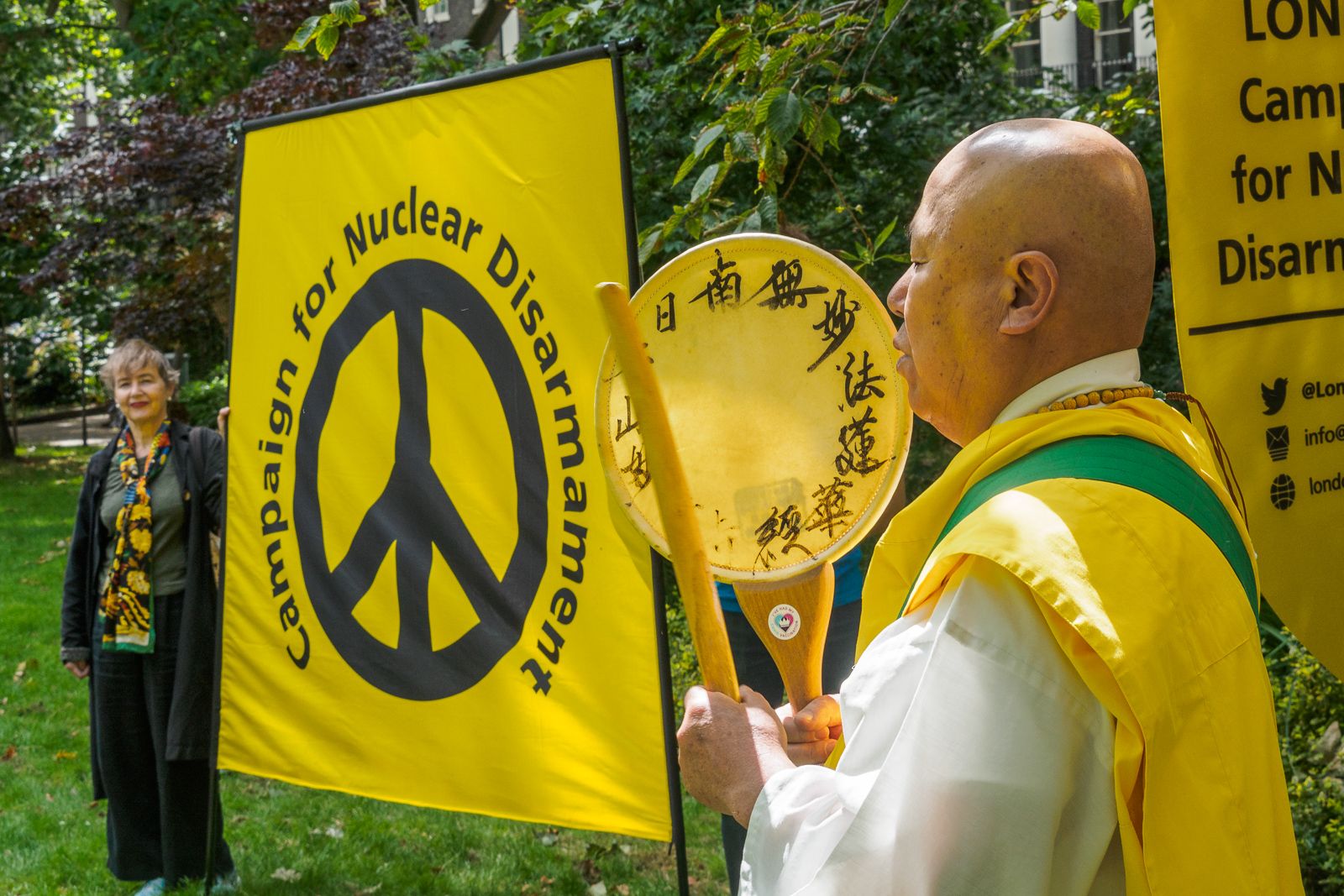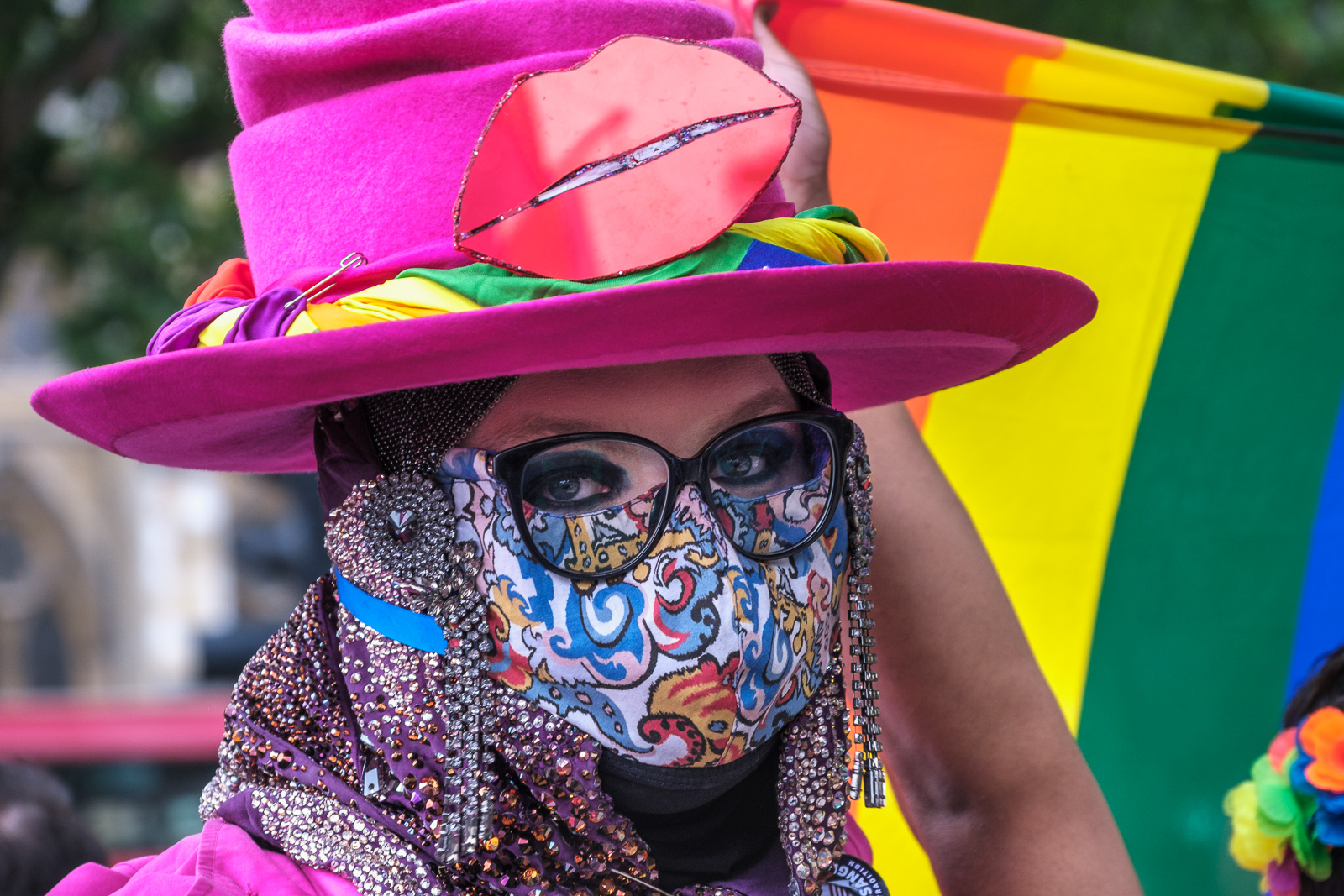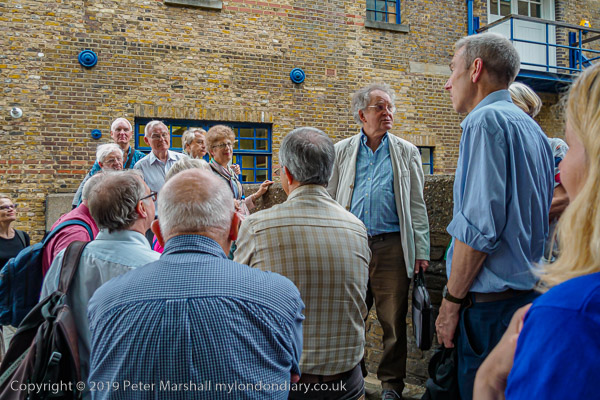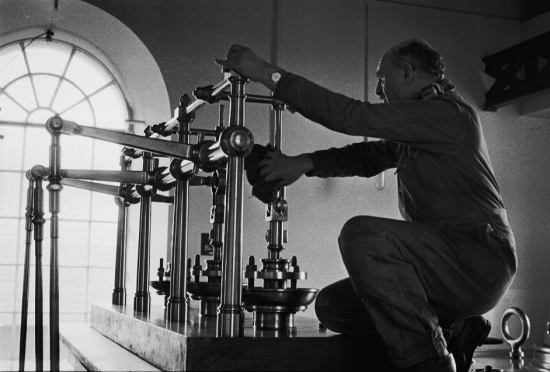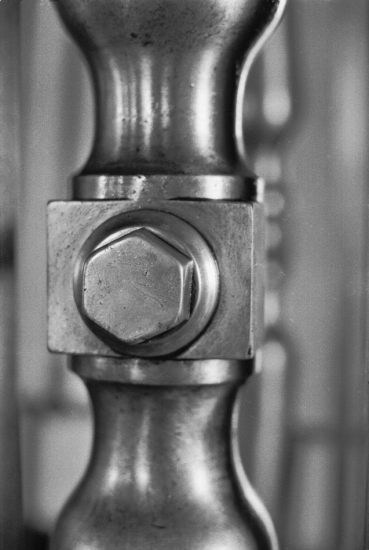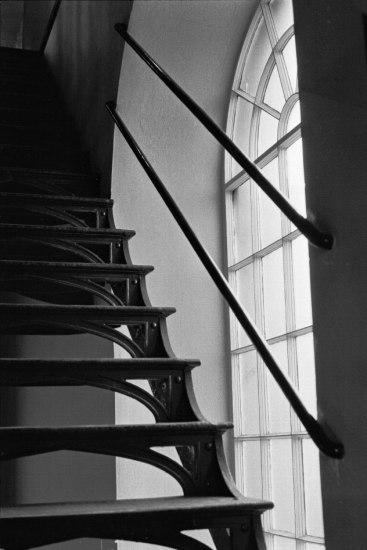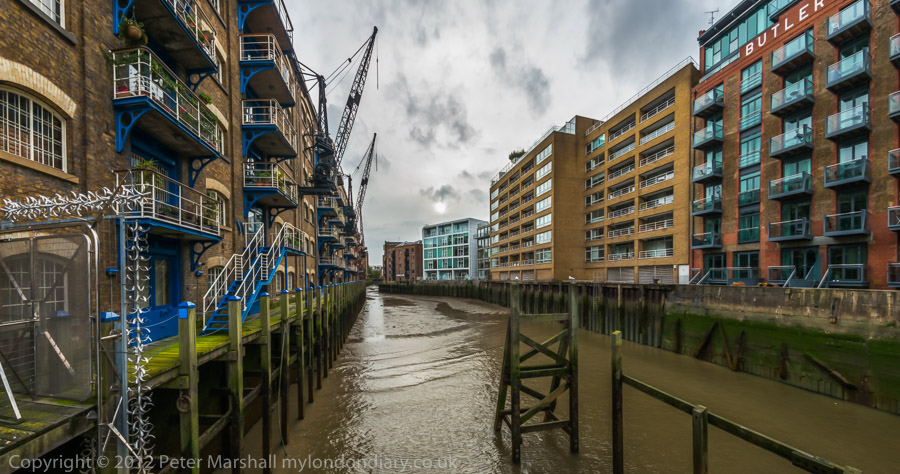German Indications – The Web of Life: Back in the 1980s I still had aspirations to be a writer as well as a photographer, and later I did write many articles about photography and get paid for doing so – something I now continue on this site and elsewhere for free, largely because I like to share my own photography and some of my political views.
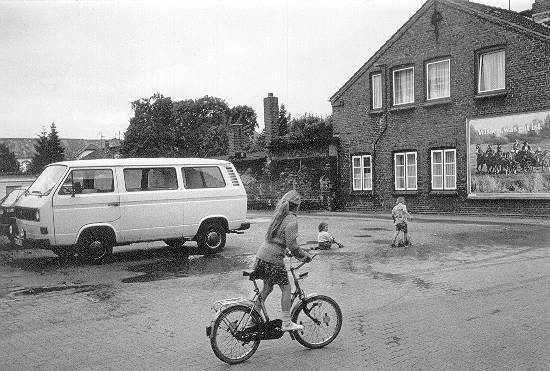
But way back my writing, or at least attempts at writing were rather different, and I combined them with images in a rather different way. Mostly those old attempts are lost and best forgotten, but in 2016 I republished some of them in my book ‘German Indications‘ still available on Blurb both in print and PDF format.
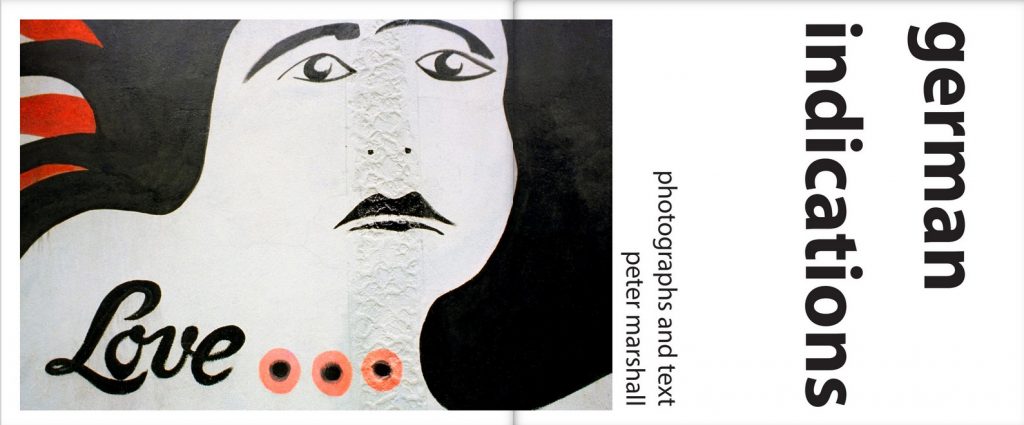
You can also see some of the pictures and read all ten stories on the web on a site which I wrote in 1997 on my Buildings of London web site. The web site has an introduction:
“THIS story began more than thirty five years ago with the words ‘Dear Linda and ‘Liebe Christel’ as two schoolgirls, one in England, the other in Germany became pen-friends. (It also begins further into the mists of cultural history in a fairy-tale wood, and in many other places.)”
“Later there two girls met, and after a while their husbands and children met also. It was this relationship which provided my opportunities to live and work in the home of a working-class German family in a small town in the north of Germany.”
German Indications
I made prints for the exhibition of this work in 1986 printing the colour slides on outdated and discontinued Agfa direct positive paper to give a particular effect, something I tried to emulate when making the digital versions for the book. And so both come with a disclaimer, “photography and writing are necessarily fiction-creating enterprises – Any resemblances in this work to actual people places or events
are simply resemblances“
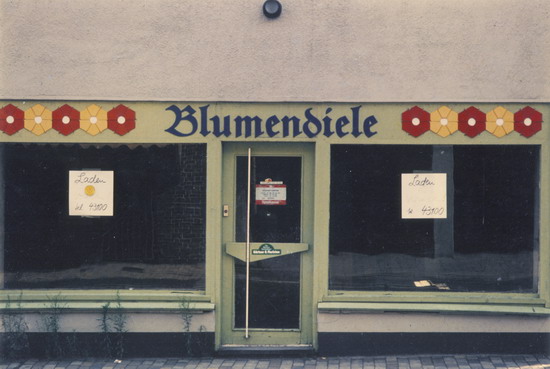
The stories were exhibited with the pictures in the show, and recently I was reminded of one of the pieces I’d written and performed it to some friends. Here it is in full.
THE WEB OF LIFE
WE were in a floating restaurant in Hamburg. Appropriately it was a fish restaurant. Since I don’t care for fish – eating them that is – you may ask what I was doing having lunch there.
Well, there are times when a man’s gotta do what a man’s gotta do in the service of peace, quiet and marital bliss, although currently the quiet was under heavy attack from some excessively leaden oom-pa-pa Muzak.
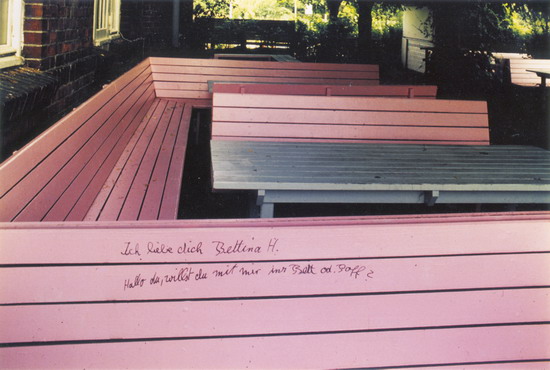
On my plate a spicy aromatic sauce was struggling hopelessly to overpower the nauseating amine overtones of an oily coelacanth.
You’ll understand how I felt if you’ve ever travelled overnight via Harwich for the continent, ten hours bouncing on a North Sea storm to arrive at a bleary Hook to find that the Boat Train has just this minute left because the ship was so late, so you all have to squeeze together in a very smart but very small blue and yellow local stopping everywhere service along the side of the estuary to Rotterdam.
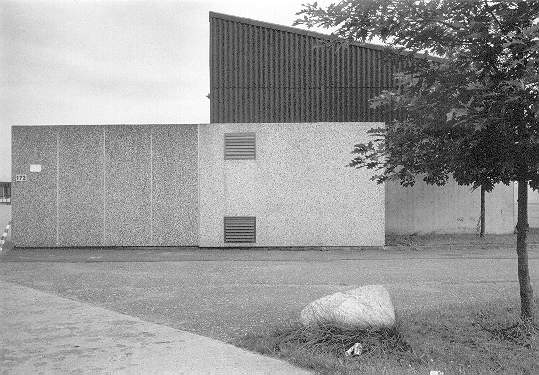
The line passes an unnaturally neat chemical plant, so neat that you can imagine you are travelling on a model railway layout, but the whole neighbourhood is enveloped in a perpetual miasma, a synthetic putrefaction now resembling rotten fruit, now decomposing carcasses, which invades to produce a tautness and throbbing between your temples.
Edging the site are rows of model Dutch houses lived in by model Dutch people, their faculties no doubt cauterised by constant exposure, every pore and organ saturated with the oily stench. Here too was surely the water from which this fish had been plucked, for the olfactory danger signal reaching me from it was distinctly in the same register. Fortunately -what happened next absolved me from any obligation to eat it.
We were suddenly surrounded by a troop of senior citizens in full gear – hats, lederhosen, dirndls, the lot (the complete compulsory dress for almost any German TV show) and obviously all set for a great day out.
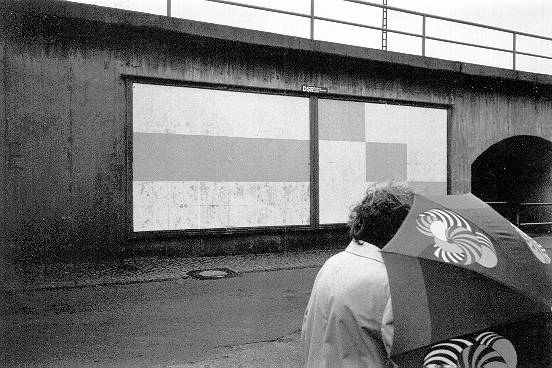
Soon their tables were head high with steins and great steaming plates and tureens, waitresses at the double to the repeated cry “more potatoes, more potatoes!” & cutlery and reserve were abandoned in a furious stampede of eating and drinking.
We quickly paid our bill and ran for the door, making dry land just in time as the weight of the meal capsized and sank the restaurant. Linda reached for her hanky; there was nothing else we could do. A few handbags and hats floated to the surface among the bubbles and debris as nature red in tooth and fin got down to feeding in their turn of the food chain.
A simple illustration of one of nature’s many cycles.
More stories and pictures online in the web site and in the book preview.
